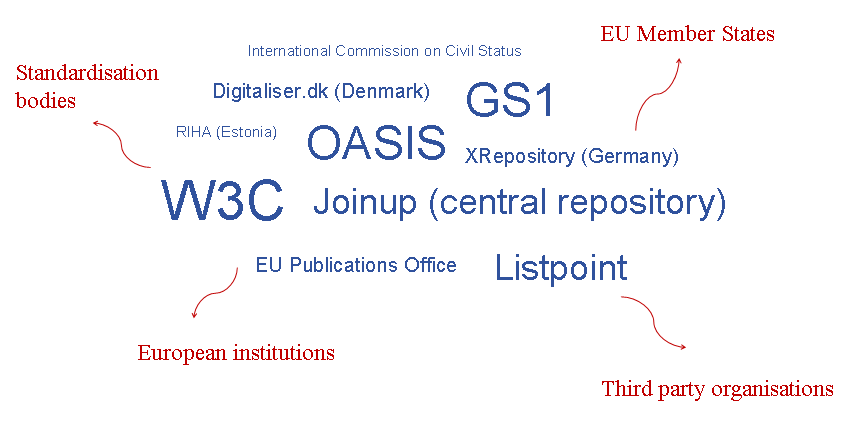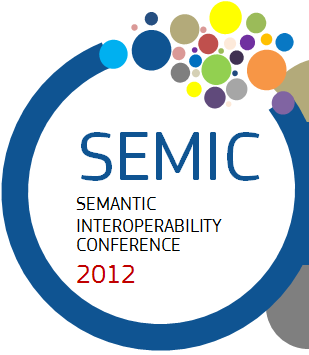The ISA Programme

Major effort by European Commission to improve public sector data interoperability across the member states.
Run by DG DIGIT, budget for 2010 - 2015 of €164 million.
More, including videos, at http://ec.europa.eu/isa/
http://www.w3.org/2012/Talks/0606_phila_edf/
Phil Archer <phila@w3.org>

Major effort by European Commission to improve public sector data interoperability across the member states.
Run by DG DIGIT, budget for 2010 - 2015 of €164 million.
More, including videos, at http://ec.europa.eu/isa/

W3C working with PwC EU Services who are doing a lot of the work, for example, populating new Joinup Platform:
The Asset Description Metadata Schema
For describing code lists, controlled vocabularies, standards etc. typically made available through a portal... such as Joinup

For describing businesses in a national register.
Very limited scope therefore.
Hope is for future work to cover sole traders, relationships between legal entities.

Describes any organization, including 'formal organizations.'
Broader definition than Business vocabulary so:
legal:LegalEntity rdfs:subClassOf org:FormalOrganization
Has generic property of org:classification
Business vocabulary creates sub properties for:
Recommends, but does not mandate, specific code lists — this is a recurring issue.
Separation between:
To provide unambiguous reference to a registered business.
To provide data with tightly defined semantics, of the type found in registers.
To aid interoperability of data sets about legal entities.
To link a legal entity with its registered address provided in an INSPIRE-conformant way (all the core vocabularies interlink).
Matched work items in the W3C Governmenet Linked Data WG hence now input to that group.
Namespaces are all on w3.org, e.g. http://www.w3.org/ns/adms#

Further related developments, further evangelism and implementation experience.
Chris Taggart will be talking about his experience with it tomorrow in "How the Biggest Open Database of Companies was Built."
SEMIC Interoperability Conference 2012, Brussels, .
I could say a lot more but it's time to stop.
http://www.w3.org/2012/Talks/0606_phila_edf/
Phil Archer <phila@w3.org>